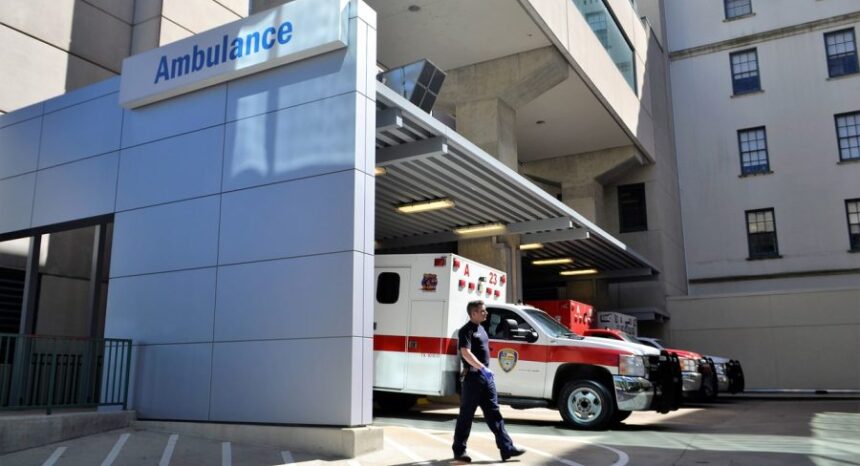A new emergency room intervention tested among suicidal military veterans was associated with about half the odds they would engage in suicidal behavior, defined as “any action that could cause a person to die,” in a six-month follow-up period as compared with the usual care, according to a July 2018 paper in JAMA Psychiatry.
The high profile suicides of celebrities Kate Spade and Anthony Bourdain have drawn attention recently to a broader, troubling trend. Suicide is on the rise in the United States; rates increased in almost every state between 1999 and 2016, according to a report issued by the U.S. Centers for Disease Control and Prevention. Veterans are at a higher risk for suicide than civilian adults — 22 percent higher, according to a 2016 report from the U.S. Department of Veterans Affairs.
A research team led by a professor of psychology at Columbia University tested a new strategy meant to reduce suicidal behavior among veterans in the months following their initial visit to the emergency room for suicide-related concerns, a time when the risk for suicidal behavior remains elevated.
Five emergency departments in hospitals run by the Veterans Health Administration administered the trial protocol, called the Safety Planning Intervention (SPI). The SPI consisted of six steps:
- Identify personalized warning signs;
- Determine internal coping strategies;
- Identify family and friends who can help;
- Identify other individuals who can provide support;
- List mental health professionals to contact;
- Counsel patients on how they can make their environments safer.
Additionally, in the intervention group, patients were contacted at least twice through telephone follow-ups to monitor risk and go over the SPI.
Four control sites — also VHA emergency rooms — followed their usual care protocols, which were not standardized across sites, but which “generally consisted of an initial assessment by a nurse or social worker followed by a secondary evaluation by an [emergency department] physician.” Patients were provided with medical care and medications as needed. They did not receive a safety plan.
Over the study period, which lasted from 2010 to 2015, 1,186 patients were admitted to intervention sites for suicidal behavior, and 454 were admitted to control sites. Patients admitted from the emergency room into inpatient care were not included in the study. The researchers note that this exclusion criteria limited “the range of suicidality … to a lower-risk population.”
The researchers found that the SPI was associated with 45 percent fewer patients engaging in suicidal behavior in the follow-up period as compared with usual care, “approximately halving the odds of suicidal behavior over 6 months,” the researchers write.
Patients in the experimental group also had over double the odds of utilizing outpatient mental health services.
While these patients were less likely to engage in suicidal behavior in the follow-up period as compared with the control group, the researchers’ analysis “demonstrated that the association with suicidal behavior was not attributable to the increased treatment engagement in the intervention group nor was it accounted for by the number of follow-up calls.” According to the authors, this suggests the importance of the safety plan itself in explaining the decreased suicidal behavior in the experimental group.
“Importantly, using the low-burden intervention in this project and others was associated with about the same reduction in suicidal behavior as more intensive and costly psychosocial interventions,” the authors write. “This strategy may help decrease suicide risk in the long term.”


Expert Commentary